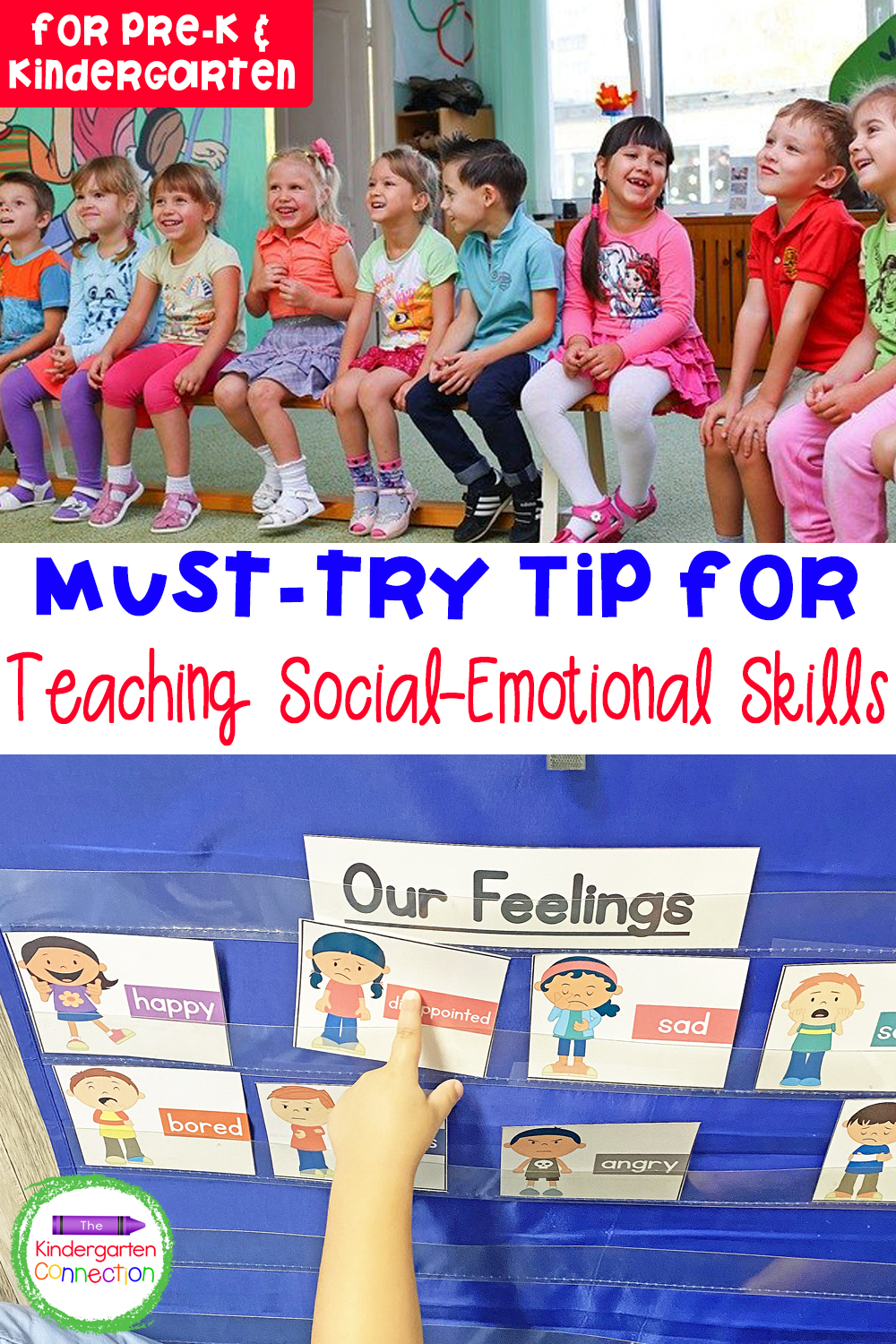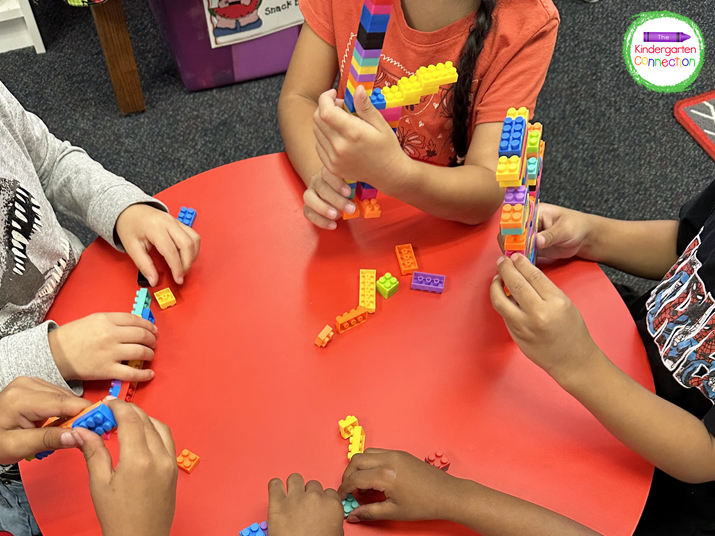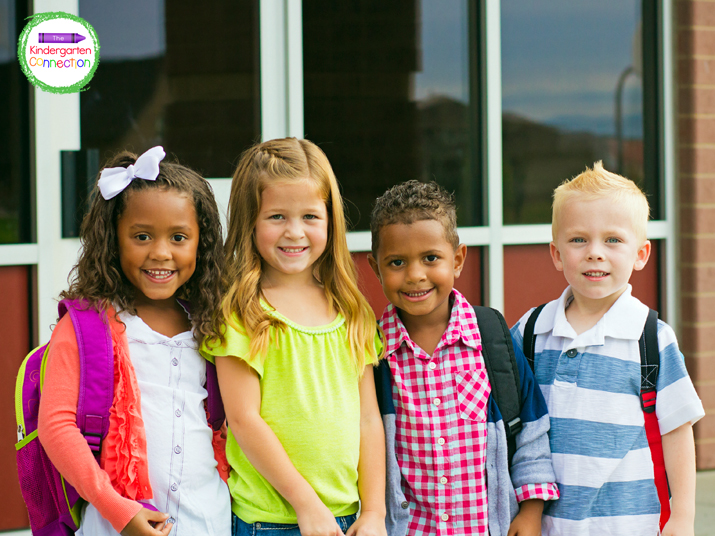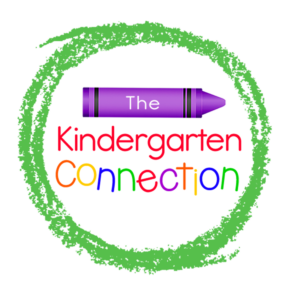Do your students ever get into arguments and uninvite the world from their birthday parties? It’s not uncommon, especially as kids learn to navigate social situations like being upset with a friend. Read along for some strategies on how to handle when students proclaim, “You’re not my friend anymore!” and to learn our must-try tip for teaching social-emotional skills!
*For even more helpful strategies and tips, be sure to watch our FREE “3 Steps to Becoming a Behavior Detective” webinar!

“You’re not my friend!” or “You can’t come to my birthday party!” Do these little “spats” sound familiar?
Instead of saying, “No, we are all friends here” – try validating and helping students identify what they are feeling and then provide strategies for them to problem-solve.
It’s important to normalize that friends get mad at friends. And also share that sometimes, even you (yes, a grown-up), get mad at your friends.

Start by explaining to your students that it is normal to get upset sometimes. THEN work as a class to practice and model what to do instead of simply declaring, “I’m not your friend anymore.”
Brainstorm with your students what we can do when we’re mad or frustrated. For example, we can say, “This makes me feel mad. I’m going to take a break.”
It’s okay to say how we feel and it’s okay to take a break. What’s not okay is saying unkind words to friends.
Sometimes we just want these behaviors to stop so we can move on and do all the other 900 things we have to get done in the day. But we have to remember that even if we move on, what the kids are feeling may not go away.

We need to give our students a more positive way to convey their feelings. At the same time, we can also teach them strategies to problem-solve.
(even if you “aren’t allowed to play”)
If you’re wanting to incorporate playful learning, free-flowing centers, effective routines, and more in your Pre-K or Kindergarten classroom, then you’ll definitely want to join us in P.L.A.Y. (Playful Learning All Year)!
This course is a deep dive into practical ways that you can create a playful learning environment in your classroom. Be sure to request an invitation so you’re the first to hear when the virtual doors open!
